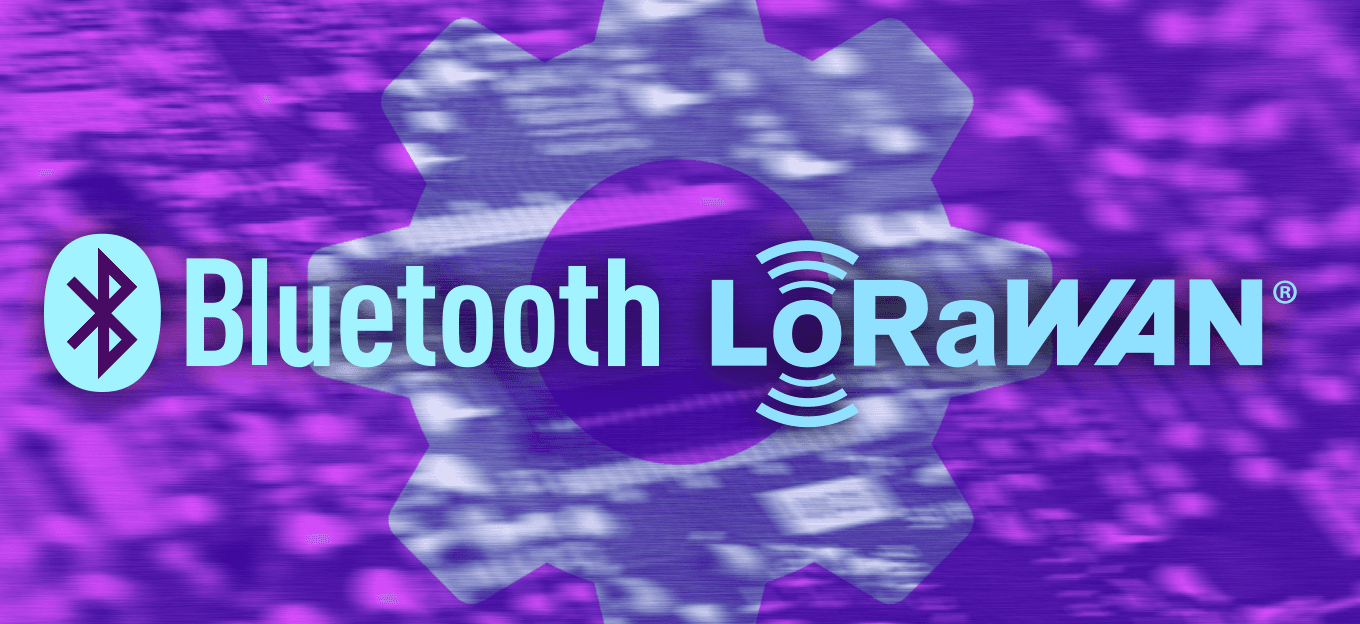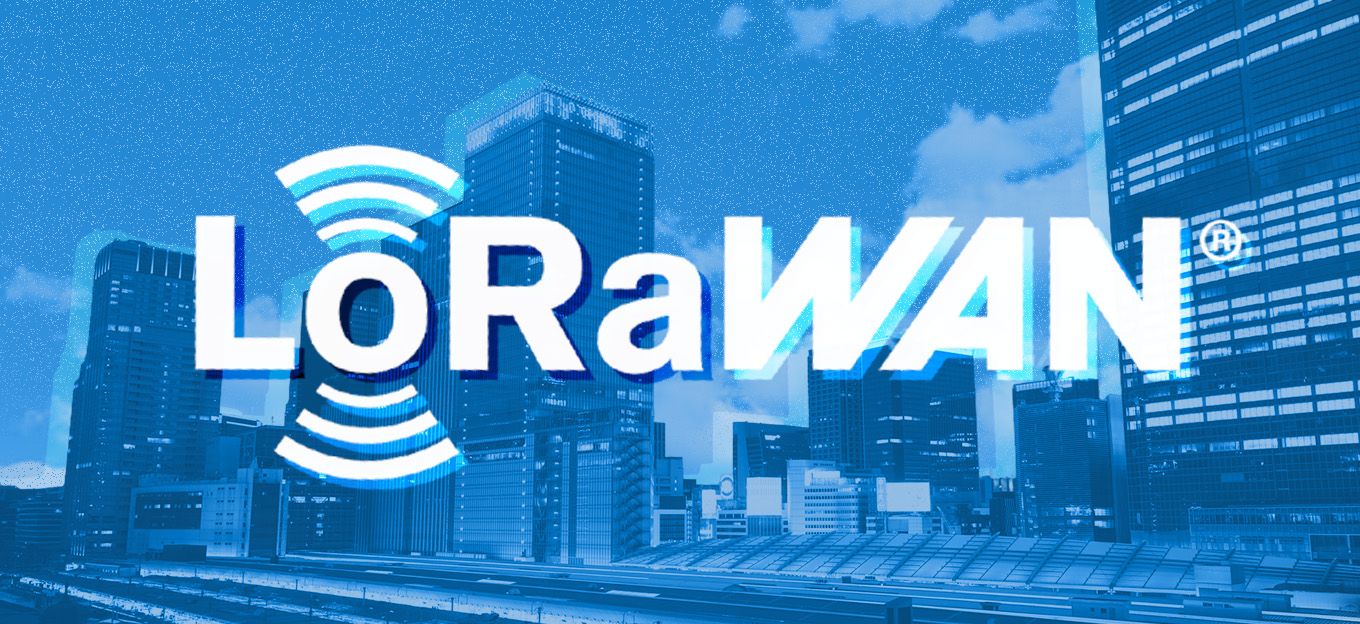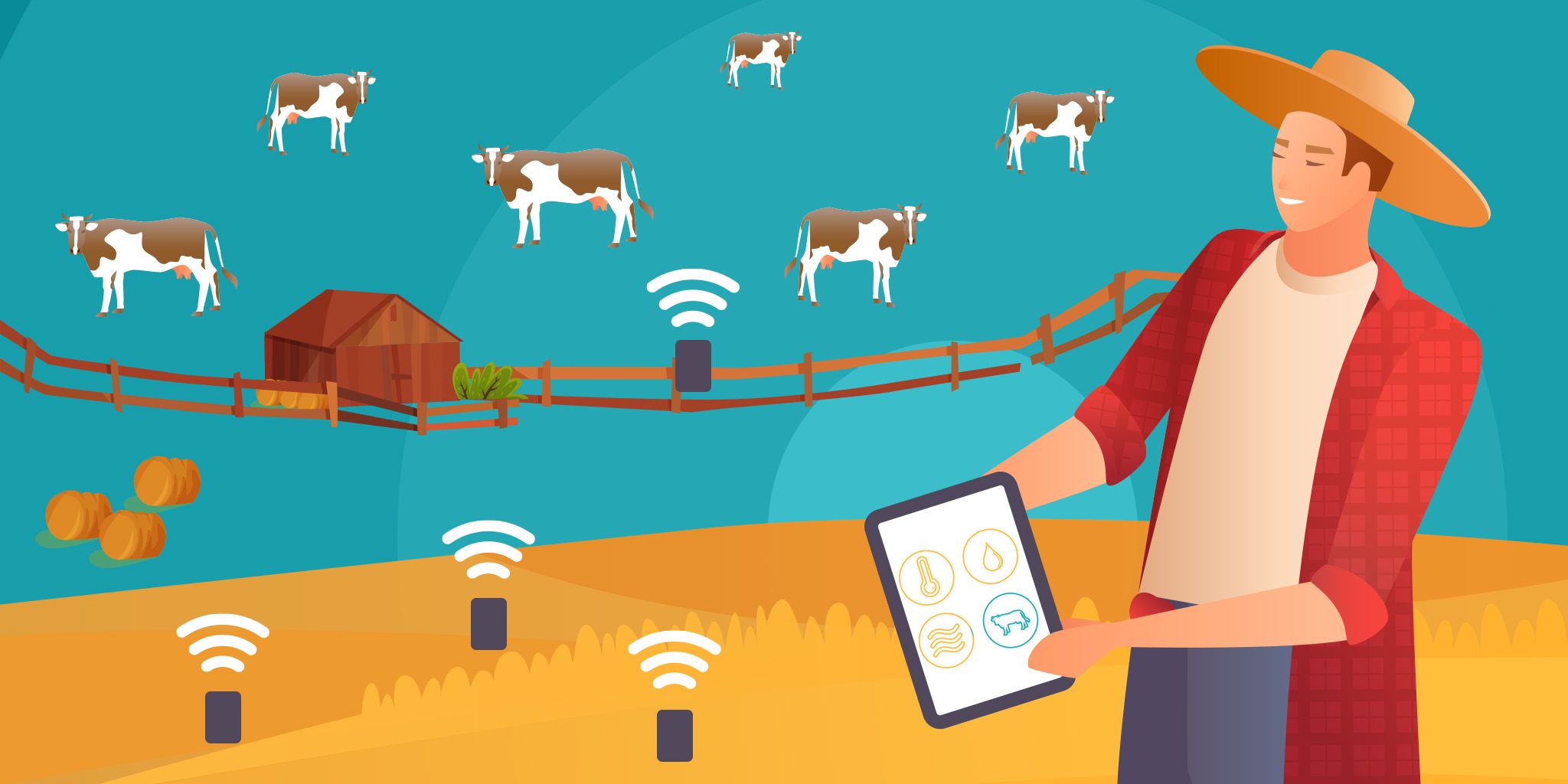LoRaWAN - Most Common Applications and Use Cases
LoRaWAN - Most Common Applications and Use Cases
- Last Updated: December 2, 2024
TEKTELIC Communications Inc.
- Last Updated: December 2, 2024



The Internet of Things (IoT) refers to the connection of millions of devices to the internet, which gather, monitor, and provide data. Currently, IoT is made up of various loosely linked networks that each address specific issues. For example, in an office building, multiple LoRaWAN-based IoT solutions can be implemented, such as one for controlling air conditioners and another for heating systems, lighting, security, and other IoT applications. Due to the various standards used by these IoT networks, merging them into one network is not a straightforward task.
Low-power wide-area network (LPWAN) technology is able to support a wide range of IoT use cases. Despite the presence of various LPWAN options, LoRa technology and its network architecture, LoRaWAN, is currently the most widely adopted. LoRa offers a variety of communication settings at the physical layer, including bandwidth, spreading factor, coding rate, and transmission frequency. These settings have an impact on the communication range, reliability, and amount of data that can be transmitted.
"LoRa offers a variety of communication settings at the physical layer, including bandwidth, spreading factor, coding rate, and transmission frequency."
-TEKTELIC Communications
What Is The Difference Between LoRa And LoRaWAN® Networks?
- LPWAN (Low-power wide-area network) is a wireless wide-area network technology that interconnects low-bandwidth, battery-powered IoT devices with low bit rates over long ranges. There are several options for building an LPWAN network, but LoRaWAN and NB-IoT technologies have shown the greatest dynamics and will receive the largest LPWA market share in the coming years.
- LoRaWAN defines the communication protocol and system architecture for the network while the LoRa physical layer enables the long-range communication link. The protocol and network architecture have the most influence on the battery lifetime, the network capacity, the quality of service, the security, and the variety of applications served by the network.
- LoRa is a radio signal transmission protocol that employs a chirped, multi-symbol format to convey data. In essence, these chips are conventional ISM band radio chips that can convert radio frequency to bits using LoRa (or other modulation types like FSK) without writing code. Outside of wide-area communications, LoRa technology is a lower-level physical layer technology employed in various applications.
The LoRaWAN protocol is based on the LoRa radio modulation method and is a low-power wide-area networking protocol. It manages communication between end-node IoT devices and network gateways and connects devices to the internet via wireless connections. LoRaWAN is a point-to-multipoint networking protocol. It's not just about the radio waves; it's about how they interact with LoRaWAN gateways to provide functions like encryption and identification.
How Does LoRaWAN Work?
At their most fundamental level, radio technologies like LoRaWAN are simple. The best analogy for the LoRaWAN network is a cellular network. LoRa-based devices have a module that connects with a gateway, which is a local central location. Consider how your phone sends and receives data via a cell tower. The gateway acts as a conduit between the devices and the server. The network server uses the internet to communicate with the gateway and instructs it to interact with the IoT devices.
In other words, the network server is responsible for deleting duplicate data packets, confirming data integrity, and executing security checks. Furthermore, nodes in the star architecture do not need to listen for messages from other nodes all of the time. Therefore, they may "sleep" for the majority of the time, lowering their energy usage.
Advantages Of A LoRaWAN Network
Below are some advantages of this new age developing IoT technology with multiple benefits:
- Long Range and Coverage: Its range, which may reach up to 15 kilometers in LOS, is unrivaled by any other communication protocol.
- Low Power: LoRa technology delivers ultra-low power radios, making it ideal for devices that need to survive ten years or more on a single charge.
- Low-cost hardware: LoRaWAN infrastructure is highly low-cost compared to other networks, and end-device radios are also low-cost. Furthermore, various open-source versions of infrastructures such as gateways are being created, further lowering expenses.
- High Capacity: A single LoRa gateway might link thousands of endpoint IoT devices.
LoRaWAN Classes
Class A
Class A is an asynchronous system that allows end nodes to broadcast messages to the gateway whenever they need to and go inactive until the next transmission. This class allows for the efficient use of time slots in a multi-channel system.
Class B
A method of transmitting messages to battery-powered nodes. The gateway sends out a beacon every 128 seconds, which allows all LoRaWAN base stations to synchronize their time using GPS satellite signals.
Class C
Allows nodes to continuously listen and send downlink messages at any time. This class is typically used for AC-powered applications as it requires a significant amount of energy to keep the node fully active and the receiver operating at all times.
What Are The Most Common Applications Of LoRaWAN?
A LoRaWAN network is compatible with a wide range of IoT applications and has been successfully used in the following Use Cases:
Smart Cities
Smart cities require real-time visibility into all aspects of urban life. To achieve this, smart cities typically utilize wide-area wireless networks to enable connectivity between a vast network of disparate data-generating IoT devices, sensors, and smart meters. LoRaWAN wireless technology is the best IoT solution for the application in the scope of smart cities.
Using IoT technologies with a variety of Smart devices to visualize and analyze comprehensive real-time data, cities can respond dynamically by optimizing asset utilization and allocation of city resources. Cities can integrate IoT into their infrastructure to automate tasks, monitor and manage equipment, and perform predictive maintenance to reduce operational costs. Cities all over the world could optimize the usage of utilities and staff by integrating city services such as:
- Street Lighting
- Smart Parking
- Waste management
- Water level and flood management
- Smart Public Transit
- Air Quality Control
- Street Cleaning
Smart Buildings
With minimum infrastructure and maintenance expenditure, homeowners and property/facility managers may enhance efficiency and minimize expenses by deploying LoRa-based intelligent IoT building solutions:
- Temperature and Humidity Monitoring
- Room Occupancy
- Motion Detection
- Smart Water Metering
- Fire, flood, CO/CO2 level Monitoring
Logistics and Transportation Management
Thanks to LoRaWAN-based IoT solutions, supply chain and logistics companies successfully track high-value assets, including those in transit. Vehicles, goods, and other support are conveniently tracked over broad geographic regions and in severe circumstances because of the technology's remarkable range, low power consumption, and GPS-free localization.
Fleet monitoring IoT solutions that use LoRaWAN connection can save money by allowing fleets to stay on the road for longer, improve fuel economy, increase safety, offer visibility into maintenance concerns, and improve overall operational efficiency.
Smart Healthcare
Low power, low cost, and consistent performance make LoRaWAN networks ideal for essential intelligent healthcare applications. LoRaWAN-based IoT solutions can continuously monitor high-risk patients or systems, guaranteeing that health and medical safety are never compromised.
LoRaWAN-based IoT solution can be designed to continuously and reliably monitor the most important vital signs of hospital patients, seniors care residents, high-performing athletes, or anyone else who requires real-time, always-on insights into their respiratory health. IoT LoRaWAN smart health solutions could help:
- Hospital Patients
- Seniors Care Residents
- High Performing Athletes
Public Safety
The need for all-encompassing safety and security solutions is increasing. IoT network-based public safety solutions give first responders cutting-edge technology that may reduce danger and improve individual safety. Personal wearable IoT gadgets, such as ID badges, are fitted with LoRaWAN technology, including a panic button that sends an instant SOS with the user's location information.
Space Utilization
The corporate workforce has grown more mobile and has quickly adopted an "anytime, anyplace" work ethic. As a result of the unpredictable flow of employees and guests, office space may be unused for lengthy periods or be overbooked. For firms, properly using and arranging available space has become a logistical headache.
Smart Environment
It is possible to record and publish environmental indicators for data analysis in real time by deploying a network of devices and gateways equipped with LoRaWAN networks over an area. They are identifying concerns before they become disasters. LoRaWAN-based IoT solutions for the environment help safeguard populations from environmental threats, from air quality monitoring to radiation leak detection.
Smart Agriculture
The concept of using LoRaWAN-based IoT solutions for smart agriculture practices is taking flight as farmers now can easily visualize, analyze and make more informed decisions regarding their crops, livestock, equipment, infrastructure, environment, and all other components they are required to continuously monitor and manage for increased yields and improved efficiencies.
IoT agriculture sensors have a compact size and determine many parameters that give an understanding of the environmental aspects. IoT sensors can be deployed to collect data about sunlight exposure, which can be used to make better decisions about crop placement and help determine if solar integration is a viable option for the farm.
The LoRaWAN Network Architecture
LoRaWAN networks operate differently compared to other networks as the end-devices do not need to be in a constant "on" state; they only turn "on" when they need to communicate with the gateway. This is because the content of the communication is not a major concern. LoRa radios have certain properties that allow them to achieve both long-range and low-cost communication. Some of these properties include:
Modulation Technique
LoRa radios employ spectrum modulation technology to produce a significantly increased communication range while preserving low power characteristics comparable to FSK modulation physical layer radios. While used widely in military and space communications for quite some time, LoRa is the first low-cost commercial implementation of the method.
Frequency
While LoRa technology is frequency-agnostic, LoRa radios communicate via unlicensed sub-GHz radio frequency bands that are widely accessible throughout the world. These frequencies fluctuate from area to region and, in many cases, from country to country.
Adaptive Data Rate
LoRa employs a mix of variable bandwidth and spreading factors (SF7-SF12) to change the data rate, which is a trade-off with the transmission range. A higher spreading factor provides a more extended coverage at the price of a lower data rate and vice versa. The bandwidth and spreading factor combination are set based on the network conditions and the amount of data sent.
Adaptive Power Level
LoRa radios have an adaptable power level. Elements such as data rate and network quality influence LoRa radios, among others. When a quick transmission is necessary, the transmitted power increases, and vice versa. As a result, battery life is extended and preserves network capacity. Various factors, including the device's class, influence power consumption.
LoRa Alliance Support for LoRaWAN
Our global, national, and regional networks will have to support billions or even trillions of Smart IoT devices all over the world in the future. LoRaWAN-based IoT solutions and the LoRaWAN technology will play a very important role in delivering an innovative, low-cost, and highly efficient network for future applications. There is a Lora Alliance association that unites more than 400 companies globally to contribute, improve and implement an intelligent LoRaWAN network for future needs.
The LoRa Alliance is an open, non-profit association of members that believes the Internet of Things era is now. The LoRa Alliance was initiated by industry leaders with a mission to standardize Low Power Wide Area Networks (LPWAN) being deployed around the world to enable the Internet of Things (IoT), machine-to-machine (M2M), and smart city, and industrial applications.
Originally published on December 20, 2021. Updated January 26, 2023.
The Most Comprehensive IoT Newsletter for Enterprises
Showcasing the highest-quality content, resources, news, and insights from the world of the Internet of Things. Subscribe to remain informed and up-to-date.
New Podcast Episode

Moving Past the Pilot Phase in IoT and AI
Related Articles





